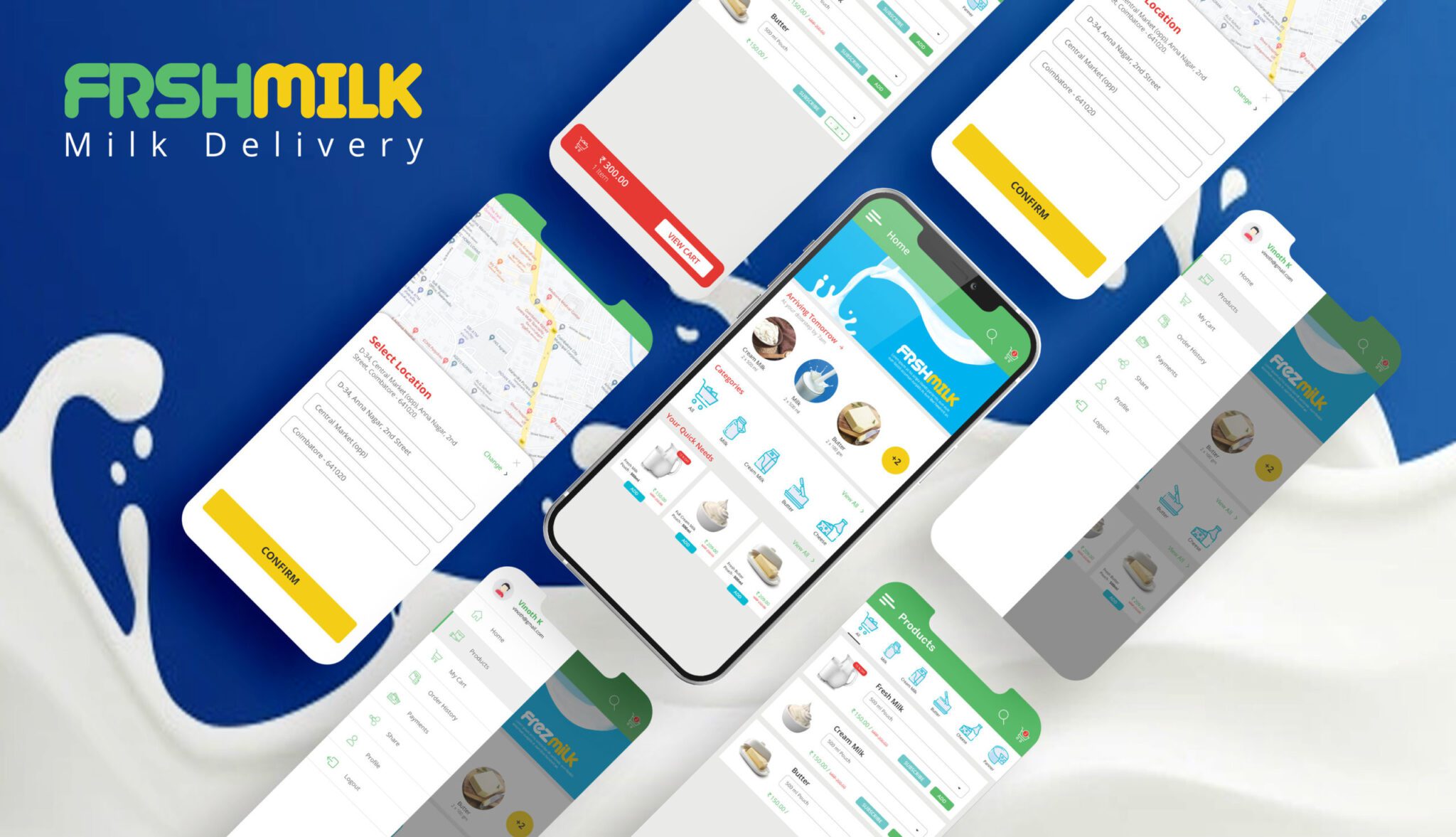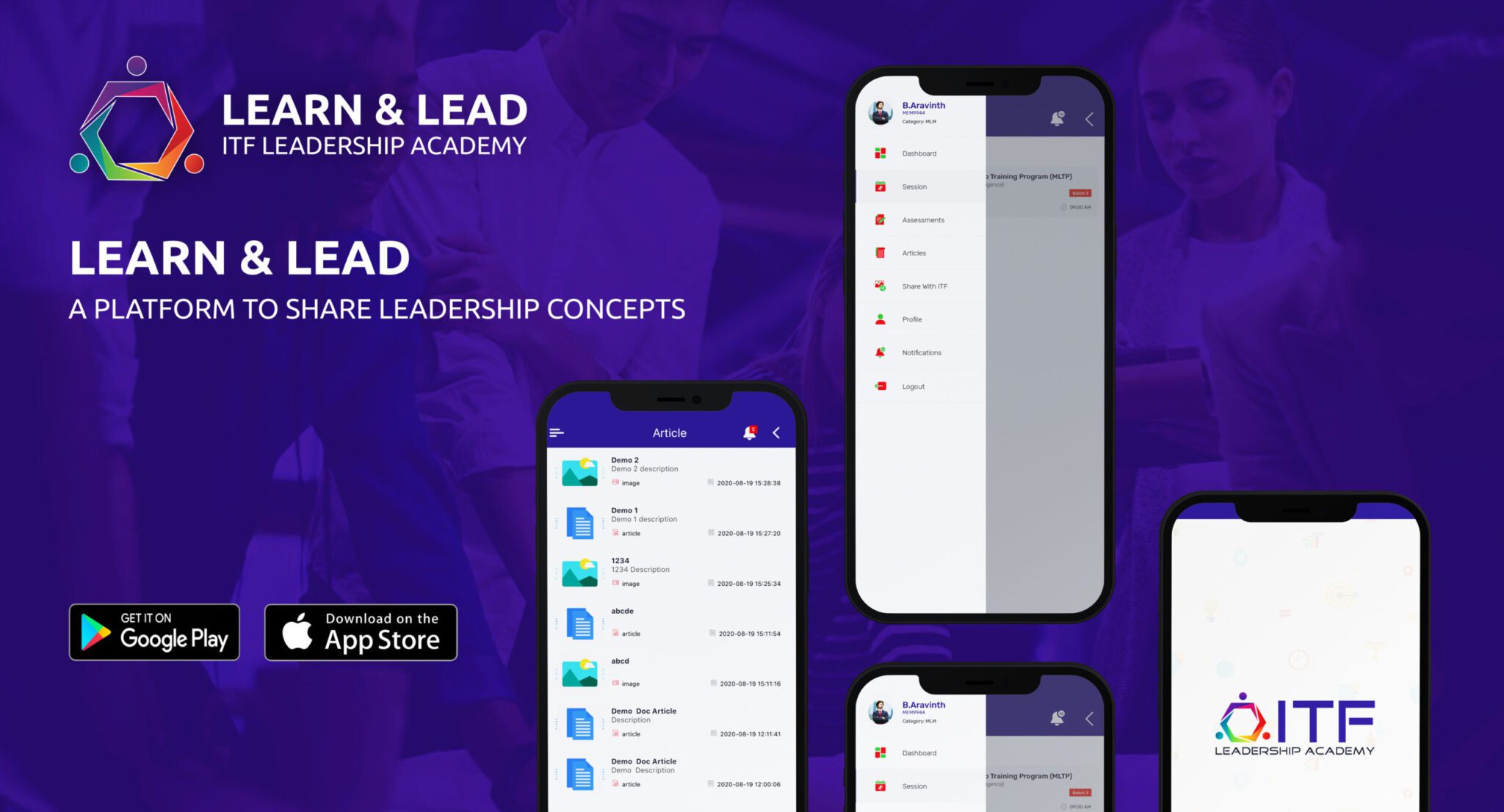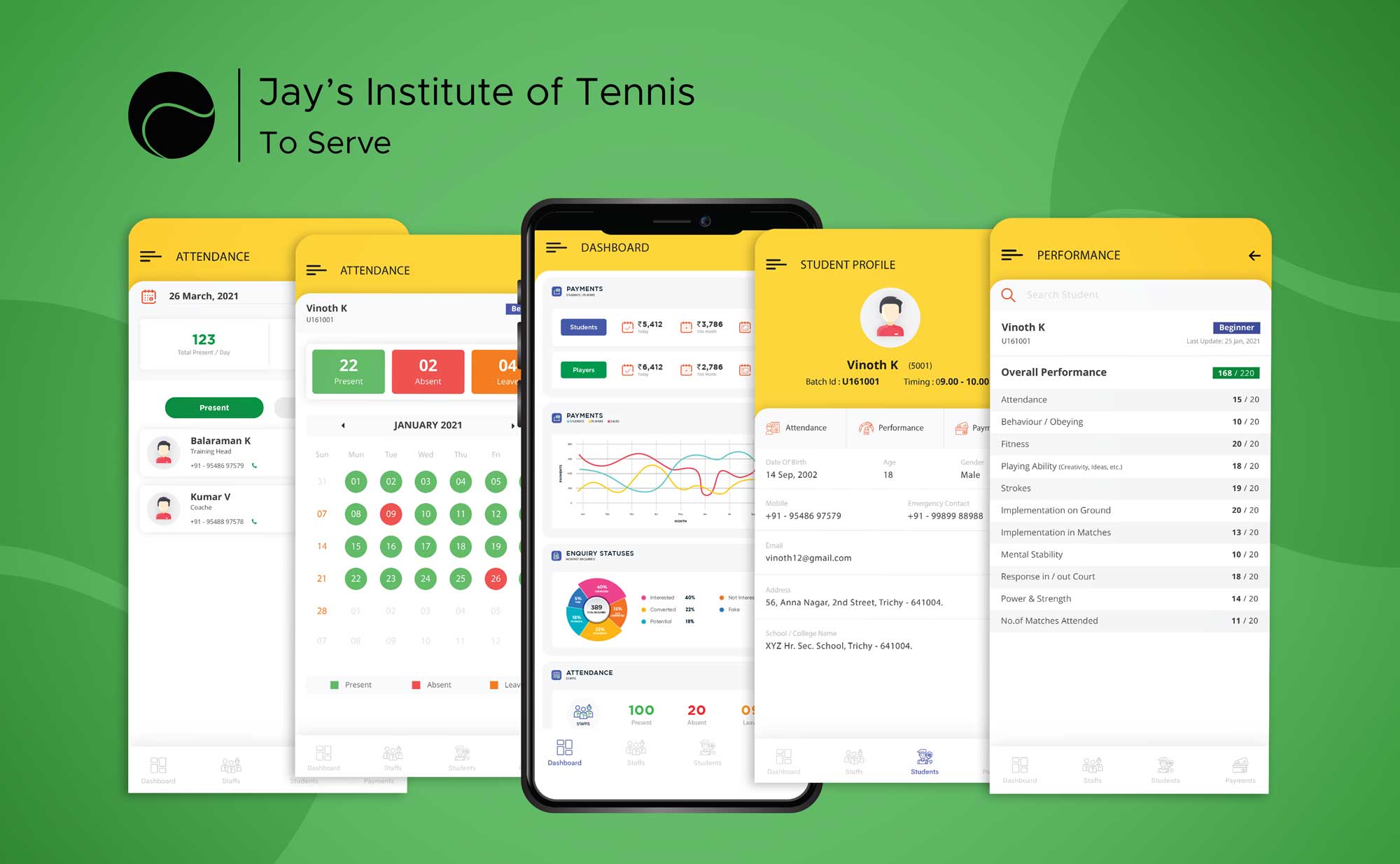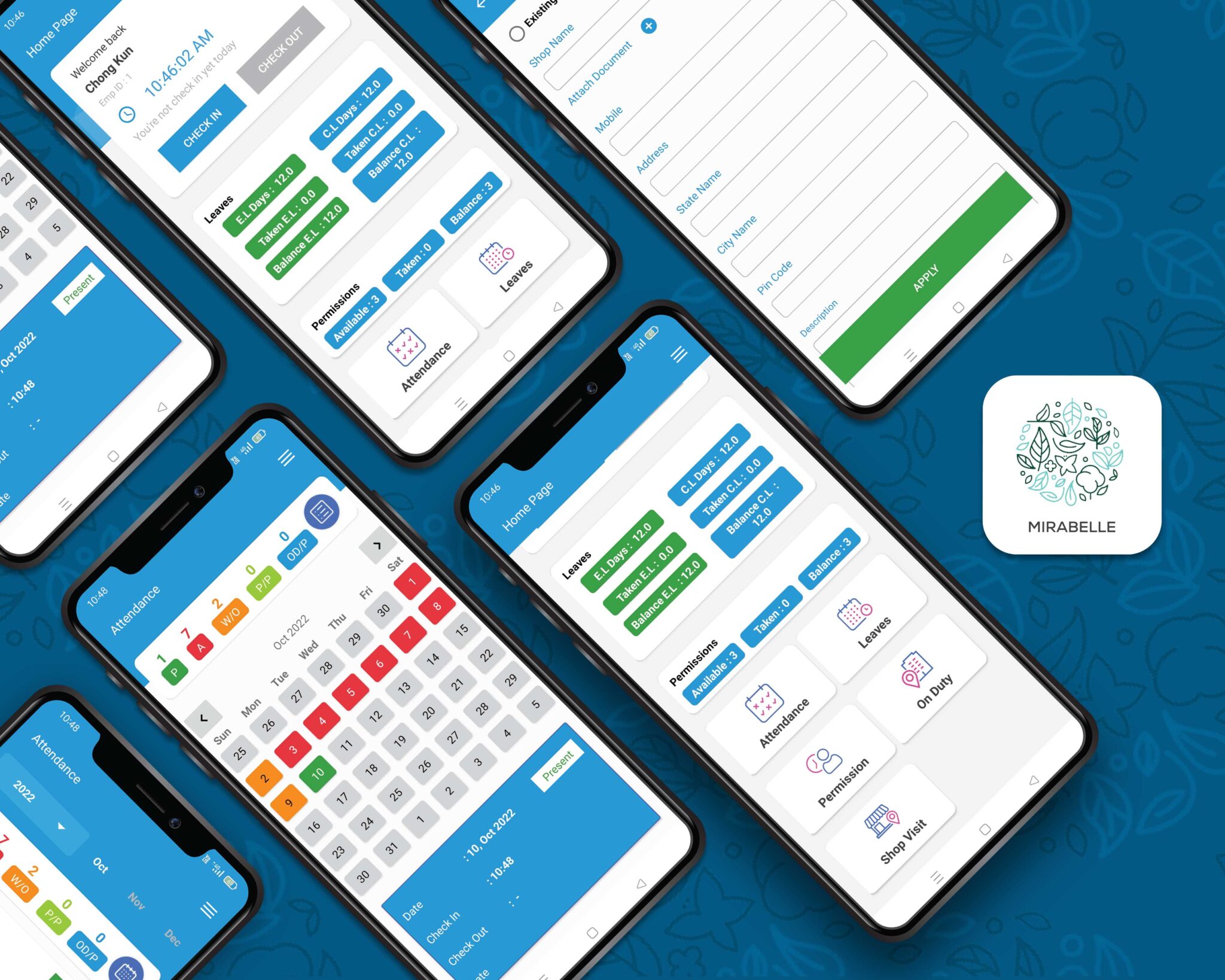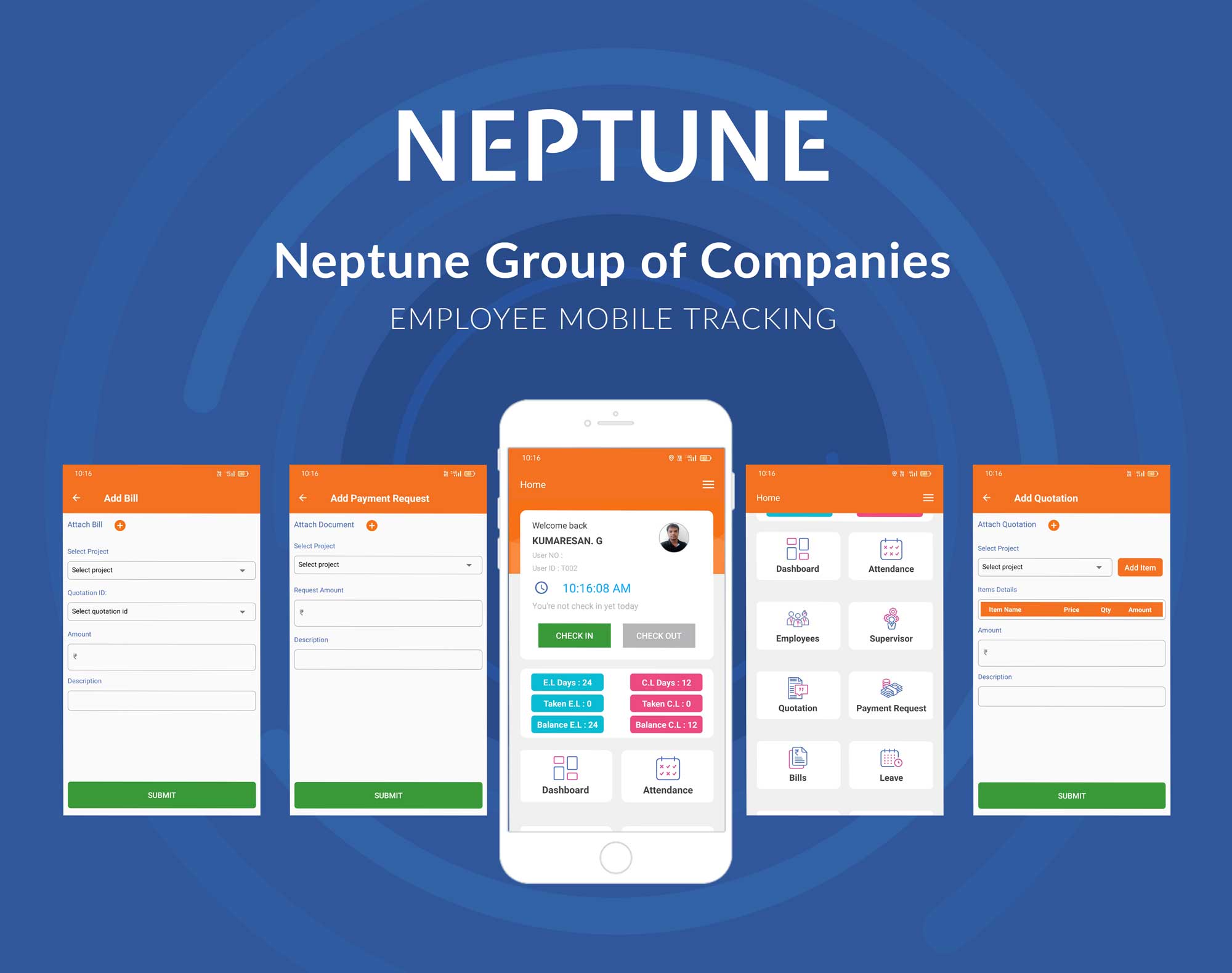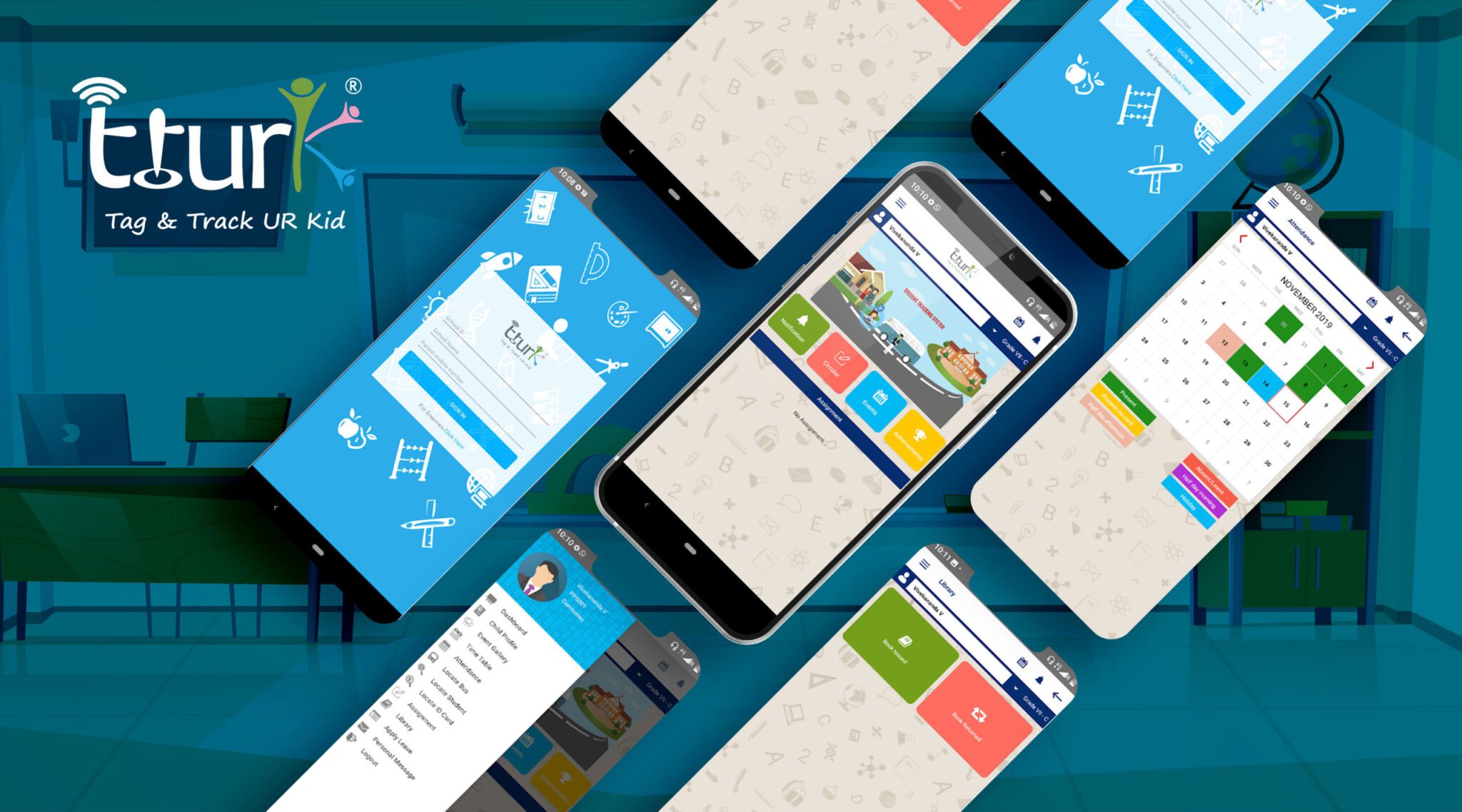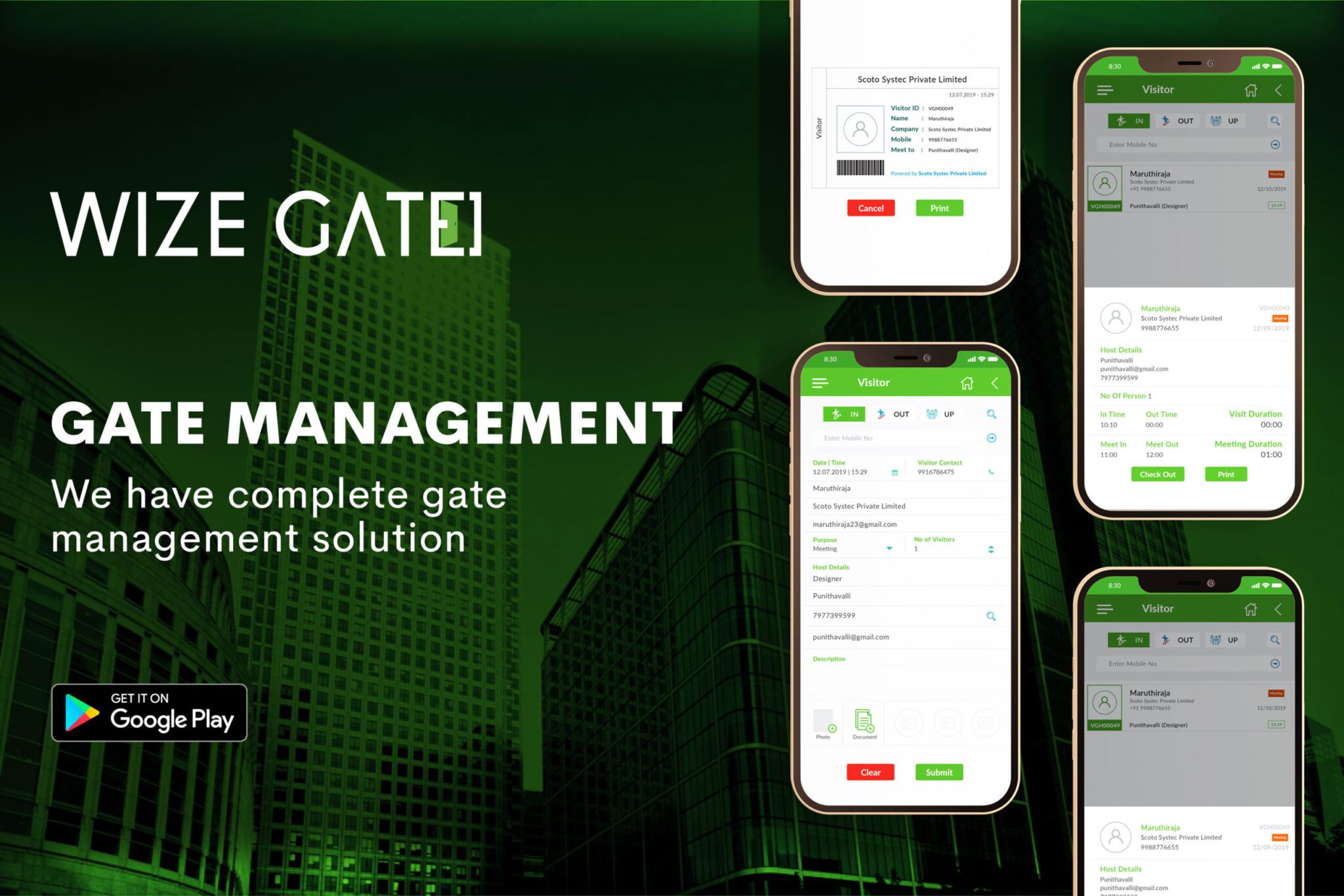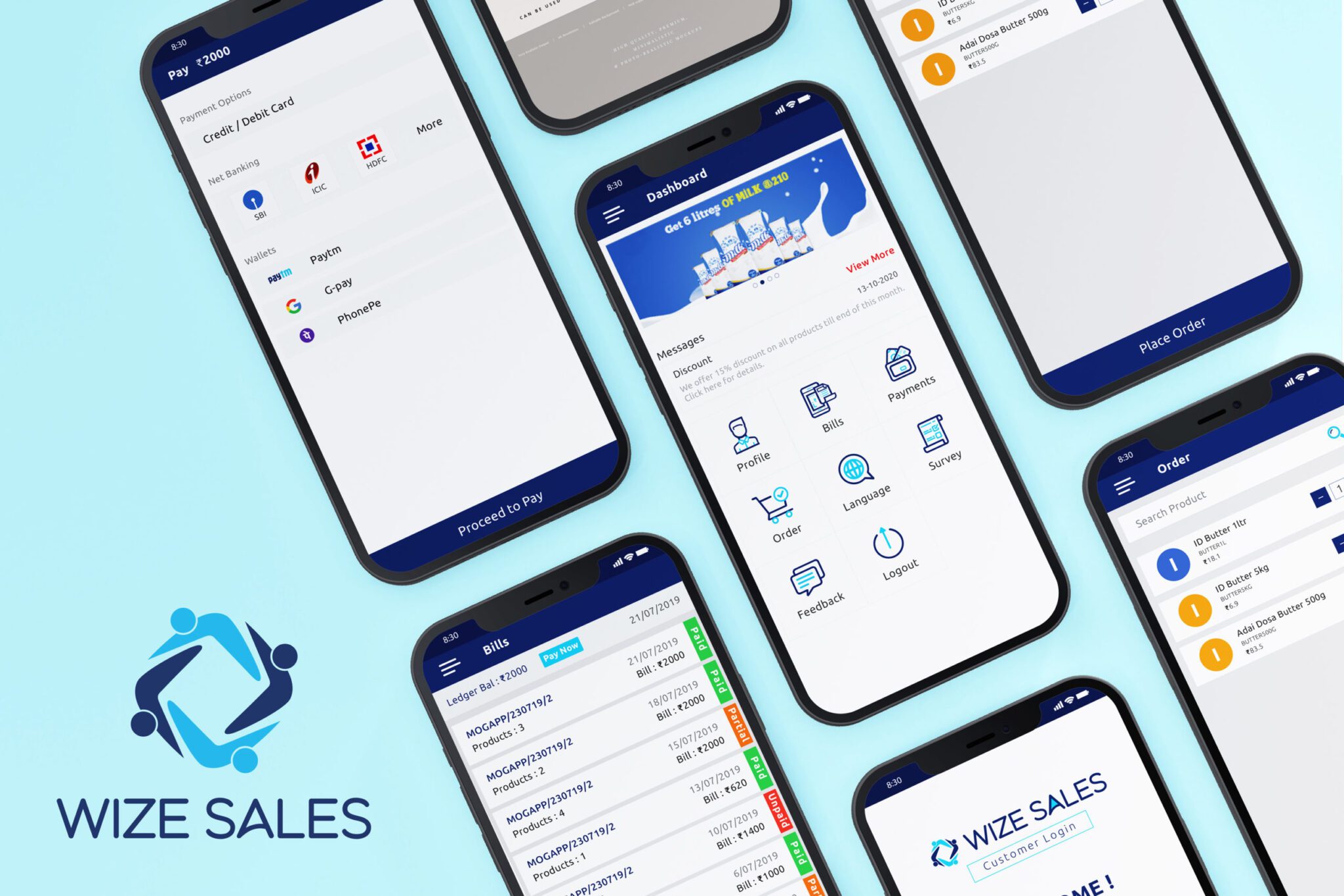MOBILE APP DEVELOPMENT
SOLUTION
MOBILE APP DEVELOPMENT
Mobile app development is a dynamic field focused on creating software applications tailored for use on smartphones and tablets. It involves various stages, from conceptualization to deployment, ensuring compatibility with different mobile operating systems such as Android, iOS, and Windows Mobile. Developers utilize a range of tools and technologies to build efficient and user-friendly apps. Each operating system presents unique challenges and opportunities, influencing the development process and user experience. Security, performance, and user interface design are critical considerations throughout app development, aiming to deliver seamless and engaging experiences to users. Continuous testing, iteration, and optimization are essential to refine apps and address any issues before release.
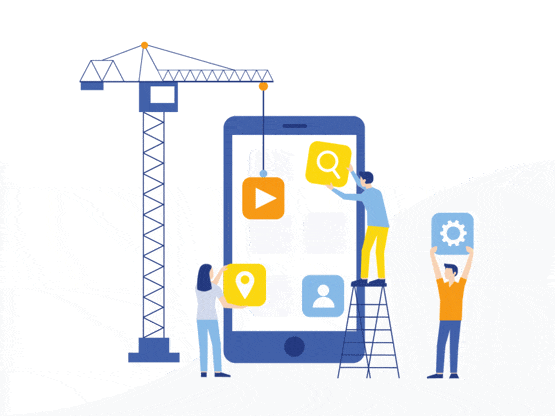
Mastering Mobile app Development
In the ever-evolving world of mobile app development, developers face a plethora of choices. Let’s explore the unique aspects of crafting applications for Android, iOS, and the Zend Framework.
Android Development
Android holds the lion's share of the global mobile market. Leveraging Java and Kotlin, developers benefit from a robust open-source ecosystem.
iOS Development
iOS apps are known for their sleek design and seamless user experience. Swift as a programming language and tight integration with Apple hardware streamline development.
Zend Framework
Zend Framework facilitates the creation of cross-platform mobile applications. Embracing the Model-View-Controller pattern, Zend ensures modular, scalable, and maintainable code.
PRIMARY OPERATION UTILIZED
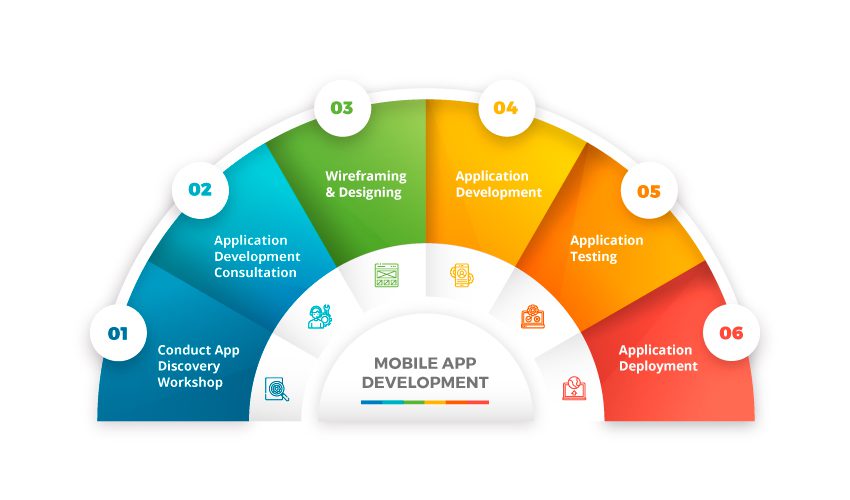
WORKFLOW AND FEATURES FOR mobile APP DEVELOPMENT
Ideation and Planning
- Define the app concept, target audience, and objectives.
- Conduct market research and analyze competitor apps.
- Create user personas and identify user needs.
- Develop a project plan, including timelines and milestones.
Requirement Gathering and Analysis
- Gather functional and non-functional requirements.
- Prioritize features based on user needs and business goals.
- Define technical specifications and constraints.
- Create user stories and use cases.
Design
- UI/UX Design: Create intuitive and visually appealing interfaces.
- Design user flows and wireframes for navigation.
- Ensure consistency in design elements and branding.
- Use design tools like Sketch, Figma, or Adobe XD.
Front-End Development
- Implement the user interface using XML for layouts and Java/Kotlin for logic.
- Utilize Android SDK components for UI elements.
- Ensure responsiveness across different screen sizes and resolutions.
- Implement animations and transitions for a polished user experience.
Back-End Development
- Choose an appropriate server-side technology (e.g., Java, Kotlin, Node.js).
- Design and develop the server architecture.
- Implement business logic and data processing.
- Integrate with databases and external APIs.
Database Integration
- Choose a suitable database technology (e.g., SQLite, MySQL, Firebase Realtime Database).
- Design the database schema to efficiently store and retrieve data.
- Implement CRUD (Create, Read, Update, Delete) operations.
- Ensure data security and integrity.
API Integration
- Integrate with external APIs for functionalities like authentication, payments, and geolocation.
- Handle API requests and responses asynchronously.
- Implement error handling and retry mechanisms.
- Secure API communication using HTTPS and authentication tokens.
Testing
- Conduct unit testing for individual components and modules.
- Perform integration testing to ensure seamless interaction between components.
- Implement automated UI testing using frameworks like Espresso or UI Automator.
- Test on a variety of devices and screen sizes to ensure compatibility.
Deployment
- Generate a signed APK (Android Package) for distribution.
- Publish the app on the Google Play Store following Google's guidelines.
- Set up alpha and beta testing channels for gathering feedback.
- Monitor app performance and user feedback after deployment.
Security
- Implement secure coding practices to prevent vulnerabilities.
- Encrypt sensitive data stored locally or transmitted over the network.
- Use secure authentication mechanisms (e.g., OAuth, JWT) for user authentication.
- Regularly update dependencies and libraries to patch security vulnerabilities.
Maintenance and Updates
- Monitor app performance and user feedback for continuous improvement.
- Address bugs and issues reported by users promptly.
- Roll out updates and new features based on user feedback and market trends.
- Provide ongoing technical support to users.
Analytics and Monitoring
- ntegrate analytics tools (e.g., Google Analytics, Firebase Analytics) for tracking user behavior and app usage.
- Monitor app performance, crashes, and errors using crash reporting tools.
- Analyze data to gain insights into user engagement and app performance.
- Use data-driven decisions to optimize user experience and app performance.
success stories

We have been working for longer than a year with Scoto Systec Pvt Ltd Web Design and they have been fabulous! Their costs are extraordinary and administration is far and away superior. They are exceptionally receptive to any requirements that you have. Their items have been incredible and they offer a wide cluster of occasions to develop your business.
“Awesome work!”


I've worked with Scoto Systec Pvt Ltd Design for around 5 years-they have assembled and kept up numerous sites for customers of mine. Their correspondence, finish, and improvement of information are magnificent.
"Outstanding work!"


